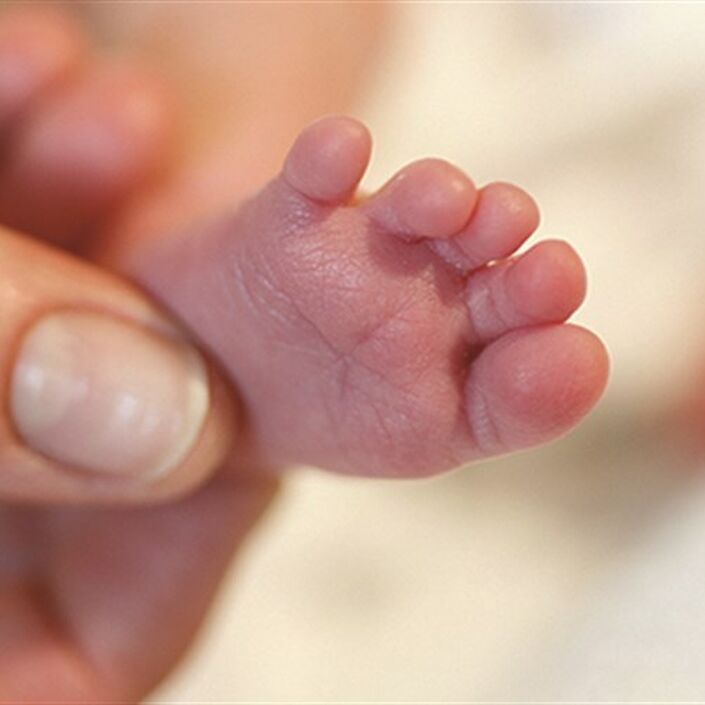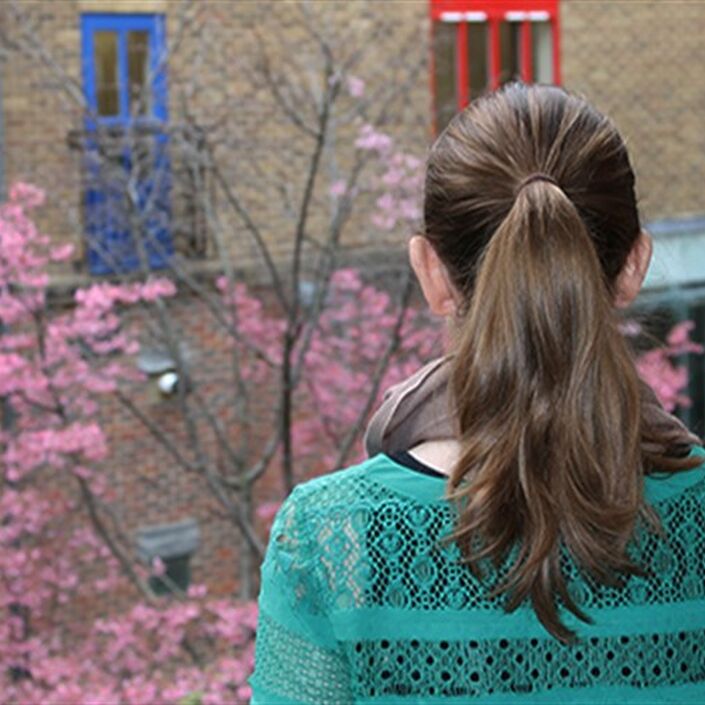It’s a terrible situation for parents when they hear their baby might not survive. The fact that it can all happen very quickly makes it even harder.
Palliative care

Medical care for preterm and sick babies has made huge advances. But some babies are so unwell that they are not likely to make a straightforward recovery.
Making difficult choices
At a time like this, you may have to make some difficult choices. You and your family should receive care that helps you find the right information and support at the right time to make these decisions for your baby. Along with the doctors and nurses, you might decide to start or continue intensive care for your baby.
This means a ventilator to breathe for your baby and other life support and drug treatments. You may decide that it is time to stop all or some of the active medical treatment for your baby, or not to start any new treatment, should your baby’s condition change.
Whatever you choose, keeping your baby pain-free and comfortable will be a priority for all the doctors and nurses. This is often referred to as palliative care. This care is for babies and their families when the baby is recognised as having a life-threatening or life-limiting condition. It does not necessarily mean that your baby won’t survive.
Palliative care focuses on improving quality of life, reducing pain, and supporting you and your family, helping you make practical arrangements and cope with your emotions.
It should be possible to have the care you want for your baby in the place you want – at home, in hospital, or in a children’s hospice. The hospital team should also offer you and your family emotional, spiritual, psychological and practical support.
If you live in an area with a children’s hospice, this offers more home-like surroundings than a hospital. People working in a hospice are very skilled at caring for children with life-limiting conditions and can also offer you and your family a lot of support, both now and in the future.
The information on this page is more than two years old

